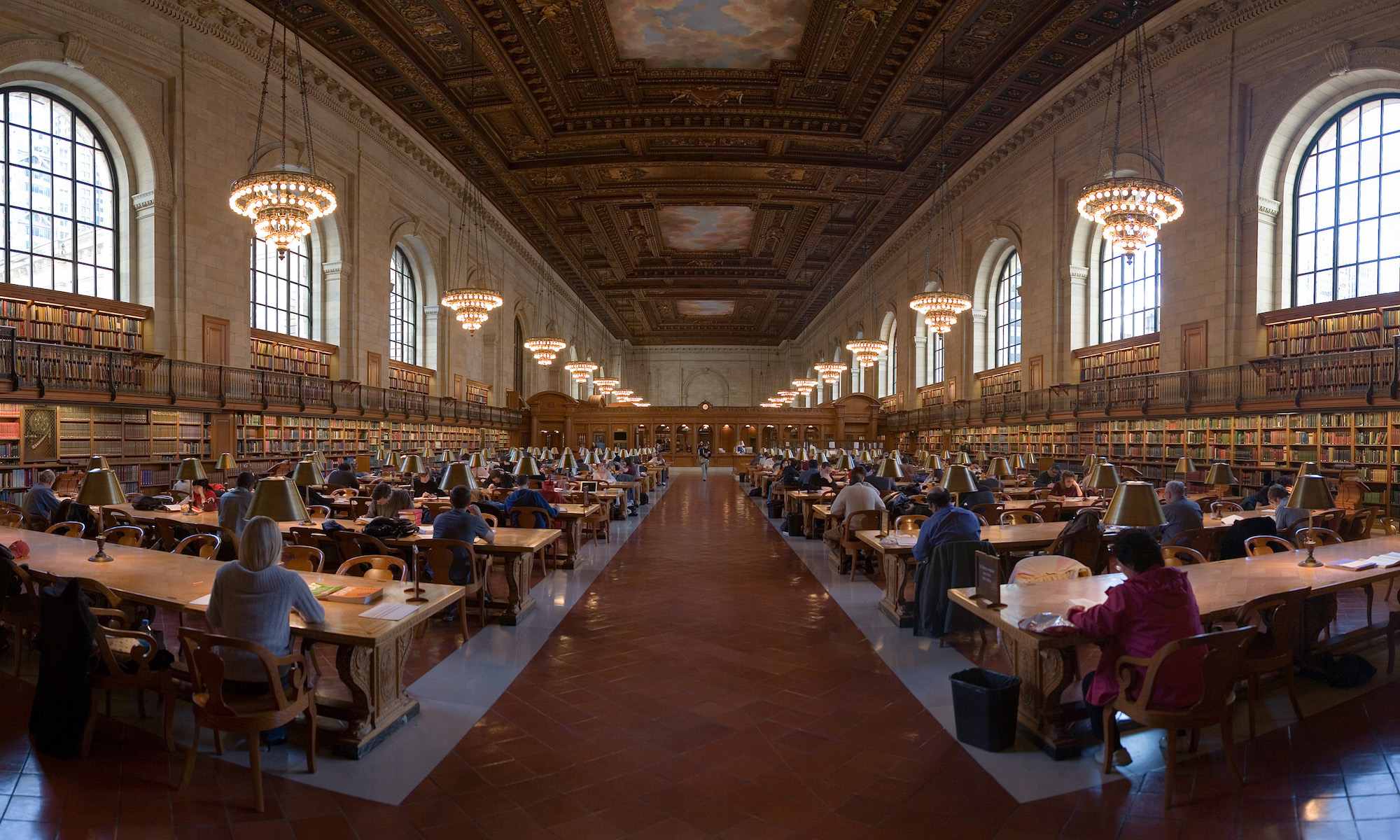Today’s theme song for ENGL 203-04 is “Changes,” written by David Bowie, first released in 1971, and performed here by the Melbourne, Australia-based Brentwood Duo.
When he died in 2016, The Atlantic described Bowie as “Rock’s chameleonic maestro.” Change, fluidity, and ambiguity — especially in connection with gender expression — were at the heart of the persona he created for himself.
Changes would do pretty well as a one-word summary of Lewis Carroll’s Alice books, too, whether viewed through the lens of narrative structure or that of theme.
Carroll’s interest in change undoubtedly springs from many sources. One worth our notice is the Romantic movement in literature. For the Romantic generation of poets, active in the late eighteenth and early nineteenth century, change was an important theme. (Carroll was born near the end of this period, in 1832). Two of the major British romantics, William Wordsworth (1770-1850) and Percy Byshhe Shelley (1792-1822), both wrote poems titled “Mutability” (find Wordsworth’s here, Shelley’s here). The word mutability, a synonym for changeability, is etymologically related to the word mutation. Another synonym — one that shows up in Bowie’s song — is impermanence.
It’s hard to talk about change without talking about time, which figures prominently in the Alice books from the outset (“Oh dear! Oh dear! I shall be late!” cries the Rabbit). Wordsworth’s “Mutability” speaks of “the unimaginable touch of Time,” linking change to another important theme of the Alice books, imagination. Yet another link connecting change, time, and imagination is the experience of dreaming. “Whilst yet the calm hours creep,/Dream thou — and from thy sleep/Then wake to weep,” says the speaker in Shelley’s poem. Both Alice narratives turn out to be dreams, though it’s far from clear that Alice’s awakening is an occasion for tears in either.
Like Jefferson Airplane’s “White Rabbit”, Bowie’s song seems to suggest that we should embrace the strangeness of mutability. Turn and face the strange, like Feed your head, could serve as a one-sentence interpretation of Carroll’s two stories. It nicely captures the idea that we can encounter strangeness simply through self-reflection (“So I turned myself to face me”) — an idea that becomes especially important in Through the Looking-Glass, whose very title symbolically references the possibility of gaining insight through reflection.
In their openness to the unfamiliar, the different, the fluid, the impermanent; in their insistence that identity is always a complicated matter, Carroll and Bowie stand in stark contrast to those who are today seeking to establish new legal rules around gender identity based on the idea that “Sex means a person’s status as male or female based on immutable [emphasis added] biological traits identifiable by or before birth.” These words are quoted in a New York Times article whose headline suggests one possible motivation for the new rules being developed by the U.S. Department of Health and Human Services: “Defining Transgender Out of Existence.”
One of the remarkable things about this effort, as reported in the Times article, is the claim that it’s an attempt to define gender “on a biological basis that is clear, grounded in science, objective and administrable.”
Setting aside the confusion here between gender (a social construct) and sex (a biological category), it’s important to recognize that the notion of sex at work in this effort is anything but “grounded in science.”
For an engaging and fascinating look at how complicated the science actually is, have a listen to Gonads, a series produced by RadioLab from National Public Radio. Or, if you only have time to listen to one episode in the series, make it the one below.
As the teaser on the episode website points out, “A lot of us understand biological sex with a pretty fateful underpinning: if you’re born with XX chromosomes, you’re female; if you’re born with XY chromosomes, you’re male. But it turns out, our relationship to the opposite sex is more complicated than we think.” The lead reporter on the episode, Molly Webster, discovers another Molly who exists “in a parallel universe” — or, to borrow Lewis Carroll’s language, on the other side of the biological looking-glass.
